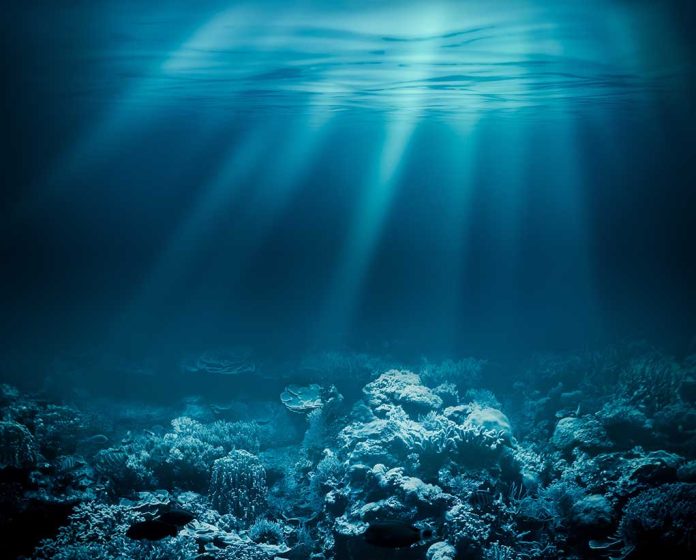
Captain Cook’s legendary HMS Endeavour has been found after 250 years beneath the waters of Newport Harbor, Rhode Island, though the discovery remains contested among archaeological experts.
Key Takeaways
- The Australian National Maritime Museum claims to have conclusively identified the wreckage of Captain Cook’s HMS Endeavour in Newport Harbor, Rhode Island.
- The ship was originally used for Cook’s historic voyage mapping Australia and New Zealand before being sold, renamed Lord Sandwich, and deliberately sunk by the British during the Revolutionary War in 1778.
- Evidence includes precise matches between timber placements in the wreck and historic plans, British timber analysis, and other structural features unique to the vessel.
- The Rhode Island Marine Archaeology Project disputes the findings, creating scholarly debate about verification standards in maritime archaeology.
- The site is considered historically significant to multiple nations including the United States, Great Britain, Australia, and indigenous peoples throughout the Pacific.
Historic Discovery After Centuries Underwater
After decades of searching, researchers believe they have finally located the final resting place of one of history’s most significant vessels. The Australian National Maritime Museum (ANMM) has announced that the wreckage site known as RI 2394 in Newport Harbor, Rhode Island, is indeed Captain James Cook’s HMS Endeavour. The ship played a pivotal role in world history as the first European vessel to reach eastern Australia and circumnavigate New Zealand during Cook’s famous expedition from 1768 to 1771. The discovery represents the culmination of a 25-year archaeological investigation involving underwater exploration and extensive archival research across multiple countries.
“Researchers have confirmed that the 18th-century British explorer Captain James Cook’s lost ship found its final resting place in Rhode Island’s Newport Harbor, solving a decadeslong mystery, according to the Australian National Maritime Museum,” said Australian National Maritime Museum.
Compelling Evidence and Archaeological Precision
The identification relies on detailed archaeological evidence that researchers claim conclusively points to the Endeavour. The site features a linear stone ballast pile, exposed frame ends, four iron cannons, and remnants of the original ship structure. Perhaps most compelling is the precise match between the wreckage measurements and the ship’s original specifications. ANMM archaeologists report that timber dimensions match within millimeters of the Endeavour’s known measurements. Additionally, wood analysis confirms the timbers are of British origin, consistent with repairs made to the vessel in 1776 before it was sunk.
“The size of all the timber scantlings are almost identical to Endeavour, and I’m talking within millimeters – not inches, but millimeters,” declared Australian National Maritime Museum archaeologist Kieran Hosty. “The stem scarf is identical, absolutely identical,” said Kieran Hosty.
From Explorer’s Ship to Revolutionary War Casualty
The story of how Cook’s famous vessel ended up at the bottom of an American harbor is as fascinating as the discovery itself. After completing its historic voyage, the ship was sold into private ownership and renamed Lord Sandwich. During the American Revolutionary War, the British deliberately sank the vessel along with four other transport ships in 1778 to block French naval forces from entering Newport Harbor to support American revolutionaries. This strategic decision effectively ended the ship’s journey but preserved it in the harbor’s waters for future generations to discover.
“Maritime experts believe they’ve finally pinpointed the exact resting place of Captain James Cook’s legendary ship – just off the coast of a beloved New England resort town,” said Australian National Maritime Museum (ANMM).
Archaeological Controversy and Ongoing Debate
Despite the Australian museum’s confidence, the identification has not been universally accepted. The Rhode Island Marine Archaeology Project (RIMAP), which has been involved in the search for years, disputes the claim and considers the announcement premature. This scholarly disagreement highlights the rigorous standards of proof required in maritime archaeology and the challenges of definitively identifying shipwrecks after centuries underwater. While the evidence appears compelling to many experts, the controversy underscores the importance of methodical verification in historical discoveries of this magnitude.
“Given Endeavour’s historical and cultural significance to Australia, Aotearoa New Zealand, England, the United States of America and First Nations peoples throughout the Pacific Ocean, positive identification of its shipwreck site requires securing the highest possible level of legislative and physical protection,” said Australian National Maritime Museum.
The Endeavour’s significance extends far beyond its physical remains. The vessel represents a pivotal moment in global exploration that reshaped world maps and initiated sustained European contact with indigenous populations throughout the Pacific. Its discovery connects multiple nations’ histories, including Great Britain, Australia, New Zealand, and the United States. Authorities now face the challenge of properly preserving and protecting the site while respecting its complex historical legacy. The ANMM has emphasized the need for the highest level of legislative and physical protection for the wreck site.
“This final report is the culmination of 25 years of detailed and meticulous archaeological study on this important vessel,” said museum director Daryl Karp of the document, which he described as the “definitive statement” on the project. “It has involved underwater investigation in the US and extensive research in institutions across the globe,” said Daryl Karp.













